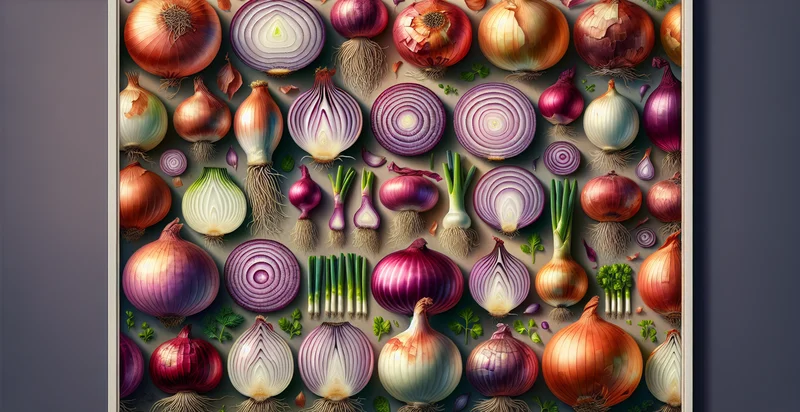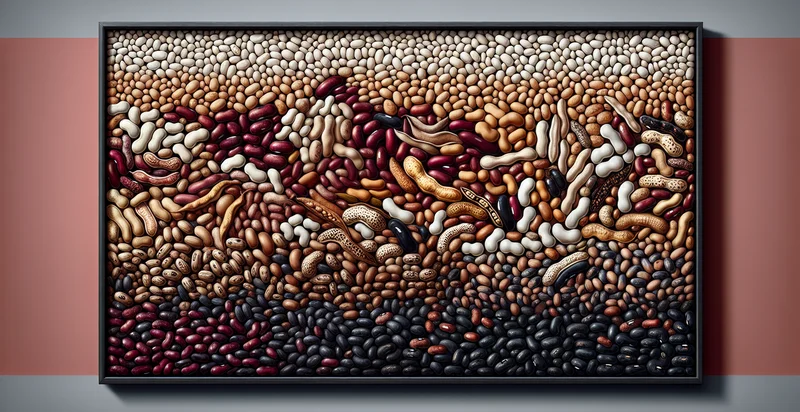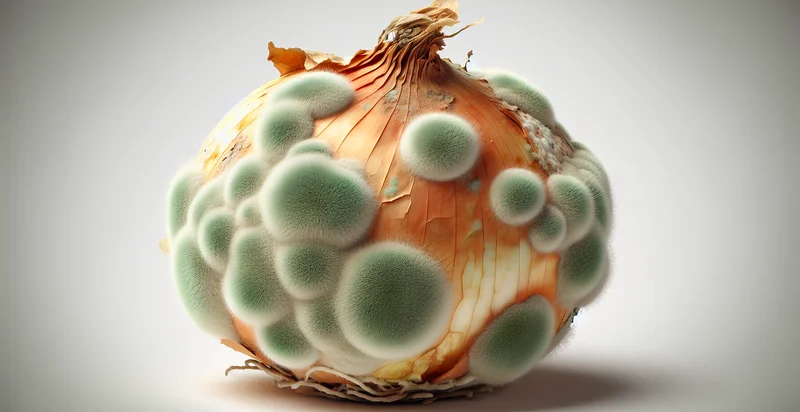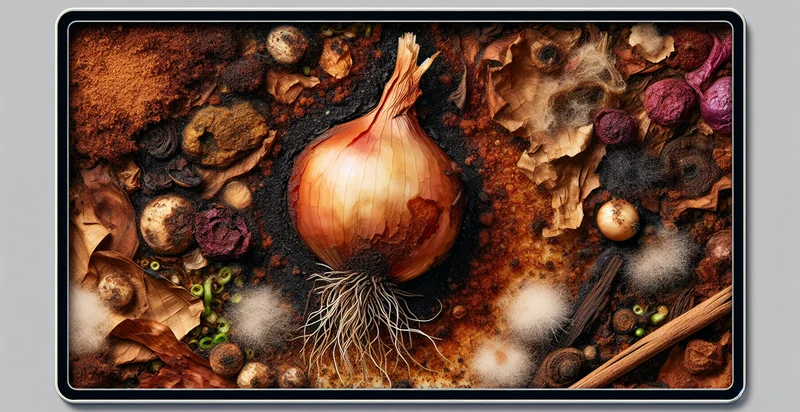Identify onion species
using AI
Below is a free classifier to identify onion species. Just upload your image, and our AI will predict what species of onion it is - in just seconds.

Contact us for API access
Or, use Nyckel to build highly-accurate custom classifiers in just minutes. No PhD required.
Get started
import nyckel
credentials = nyckel.Credentials("YOUR_CLIENT_ID", "YOUR_CLIENT_SECRET")
nyckel.invoke("onion-species", "your_image_url", credentials)
fetch('https://www.nyckel.com/v1/functions/onion-species/invoke', {
method: 'POST',
headers: {
'Authorization': 'Bearer ' + 'YOUR_BEARER_TOKEN',
'Content-Type': 'application/json',
},
body: JSON.stringify(
{"data": "your_image_url"}
)
})
.then(response => response.json())
.then(data => console.log(data));
curl -X POST \
-H "Content-Type: application/json" \
-H "Authorization: Bearer YOUR_BEARER_TOKEN" \
-d '{"data": "your_image_url"}' \
https://www.nyckel.com/v1/functions/onion-species/invoke
How this classifier works
To start, upload your image. Our AI tool will then predict what species of onion it is.
This pretrained image model uses a Nyckel-created dataset and has 19 labels, including Bermuda Onion, Cipollini Onion, Cippolini Onion, Egyptian Onion, Green Onion, Leeks, Multiplier Onion, Peruvian Onion, Red Onion and Scallion.
We'll also show a confidence score (the higher the number, the more confident the AI model is around what species of onion it is).
Whether you're just curious or building onion species detection into your application, we hope our classifier proves helpful.
Related Classifiers
Need to identify onion species at scale?
Get API or Zapier access to this classifier for free. It's perfect for:
- Agricultural Quality Control: Agricultural producers can implement the onion species identifier to ensure the quality of their crops before they reach the market. By accurately classifying onion species, farmers can reduce waste and improve their yield by only harvesting the desired types of onions.
- Supply Chain Optimization: Distributors can use the identifier to streamline their supply chain by correctly categorizing onion shipments. Accurate classification ensures that the right species are sent to the appropriate markets, minimizing errors and improving inventory management.
- Consumer Education and Labeling: Retailers can enhance consumer experience by using the onion species identifier for more informative product labeling. Shoppers can make educated choices based on the specific characteristics and culinary uses of different onion species, fostering a more engaged customer base.
- Research and Development in Food Industry: Food companies can utilize the classifier to explore different onion species in product development. By identifying unique flavors and qualities of various onions, companies can innovate new products tailored to consumer preferences.
- Authentication and Fraud Prevention: The onion species identifier can act as a tool for detecting fraudulent practices in the market, such as mislabeling of premium onion varieties. By ensuring that the species match the claims, producers and consumers can trust the quality and authenticity of the products, protecting brand integrity.
- Sustainability Tracking: Environmental organizations can use the classification function to monitor the cultivation of different onion species, aiding sustainable farming practices. By understanding which species are thriving, stakeholders can promote biodiversity and the cultivation of more resilient onion varieties.
- Culinary Applications and Recipe Development: Chefs and culinary professionals can employ the onion species identifier to enhance their dishes by selecting the appropriate onion variety for specific recipes. This tool can help them create signature dishes that highlight the unique flavors and textures each onion species offers.


